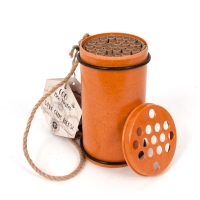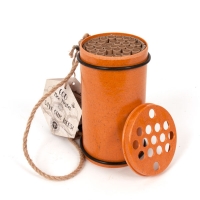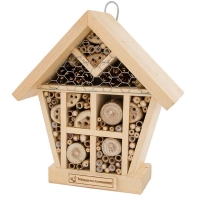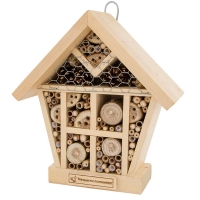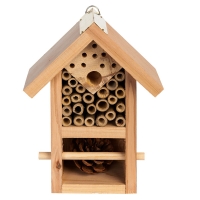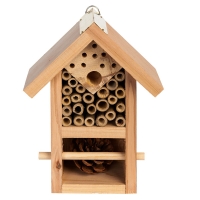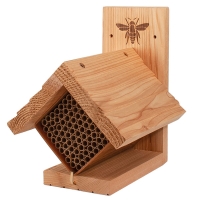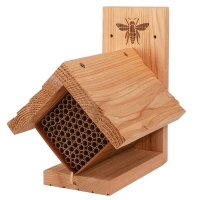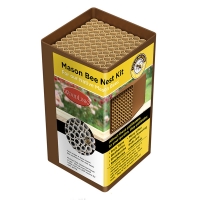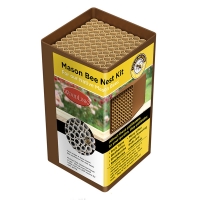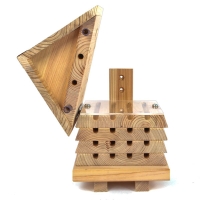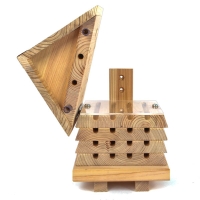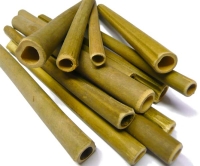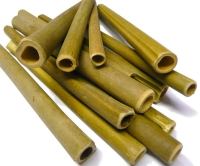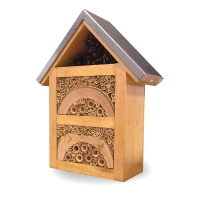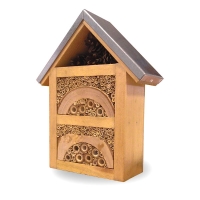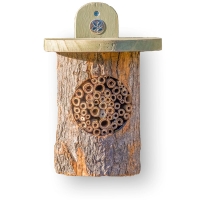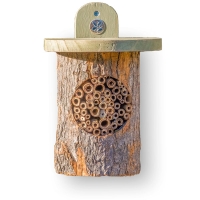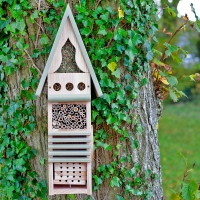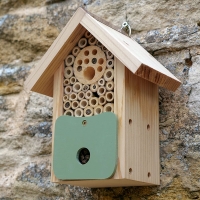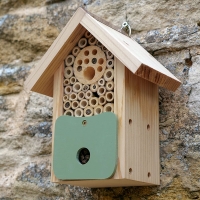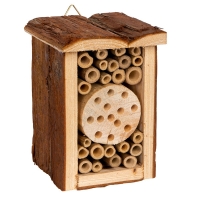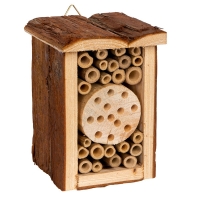Solitary Bee Houses
Bees are not only fascinating but crucial to biodiversity and the food chain. Many species of solitary bees have declined because of the lack of suitable habitats. We help cavity-nesting solitary bees with bee houses, which can provide much-needed shelter.
Read MoreMany people know little about this type of bee but as well as bumblebees and honey bees that are social bees and live together in colonies, there are over 220 species of wild bees in the UK. Known as solitary bees, these bees make individual nests cells for their larvae. This is often in hollow stems of dead plants or garden bamboo or in tunnels and holes in the ground. Solitary bees are harmless, not aggressive and rarely sting, so they are safe with children and pets.
Welcome solitary bees into your garden
Common solitary bee species seen in UK gardens include red mason bees and leafcutter bees. These bees are extremely effective pollinators. We have a range of products designed so solitary bees can visit, nest and return to your garden each year.
- Interactive Solitary Bee House
- Solitary Bee House Tower
- Bee & Bee Hotel
- Natural Bee Log
- Mason Bee Eco Nest Box
- Mason Bee Tubes
How to attract bees to a bee house
Place your bee house in a warm, south-facing position, well above the ground. Ideally this will also be near plenty of nectar-producing plants, flowers and trees. Many solitary bees may check into the house and live side by side. They lay their eggs in the hollow cavity with a small supply of food for the larvae to eat before sealing the entrance with mud. The eggs hatch into larvae who feed on the pollen until the new bees emerge the following spring.
As well as a house, bees will need a source of water, so have a small water basin with stones in or leave a shallow bowl of water for them.
We can help, talk to us
If you would like to talk to us about the right products, so you can attract solitary bees please call on freephone: 0800 085 4865. We are always happy to discuss your garden wildlife.








